how to clean a pistol after shooting
Congratulations are in order!
You've made a big decision and joined the millions of gun owners in this country. So the question now is "what am I supposed to do with this thing?!?"
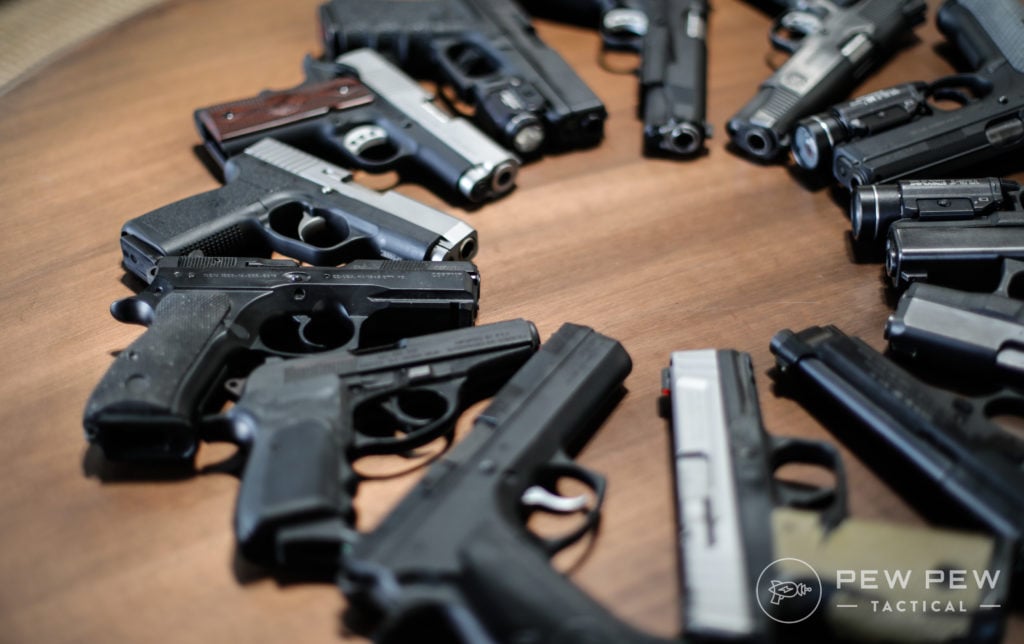
I'm going to jump right in and say this: The worst thing you can do is load it, throw it in a drawer and forget about it.
Most people buy guns for protection. If you never learn how to use your gun, you might as well be using a rock.
Granted, you have a slightly better chance of defending yourself with a gun as opposed to a rock, but the odds are not in your favor.
It is more than possible to miss a target that's only 5 feet away if you don't know what you're doing. I've seen it lots of times.
Heck, I wish I could show you the target from my first time shooting. I went through 50 rounds and only had about 12 holes in the paper.
Preparation
Before you set foot in the gun store. Before you even think of buying a gun. Before you even decide on what kind of a gun to buy, go to this page and familiarize yourself with the basic firearm safety rules.
Memorize them. Live by them. Make no exceptions to them. Your life and the lives of others depend on it.
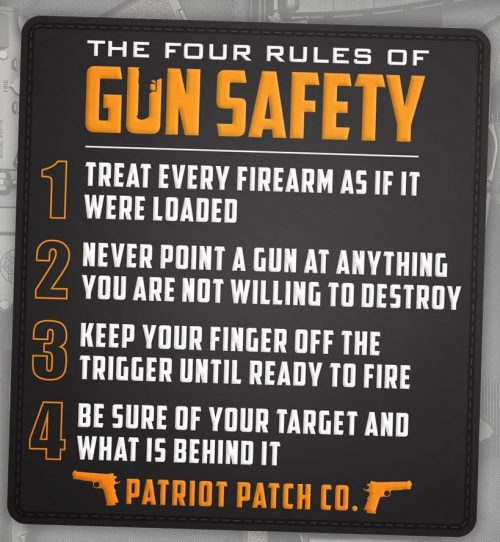
Before the Range
On the way home from picking up your gun, or while you're sitting out the __ day waiting period, you'll need a couple of key items.
One of those things is a cleaning kit. Just like a puppy, guns are better when they're clean. There are lots of inexpensive kits that will, for the most part, last you as long as you have the gun.
Some might get the cheap kit at the sporting goods store when they get their first gun.
We recommend a more comprehensive kit that will really last you your gun/s like the M-Pro 7 Universal Cleaning Kit. It's kind of like a right of passage, really.
Editor's Pick
44
at Amazon
Prices accurate at time of writing
Prices accurate at time of writing
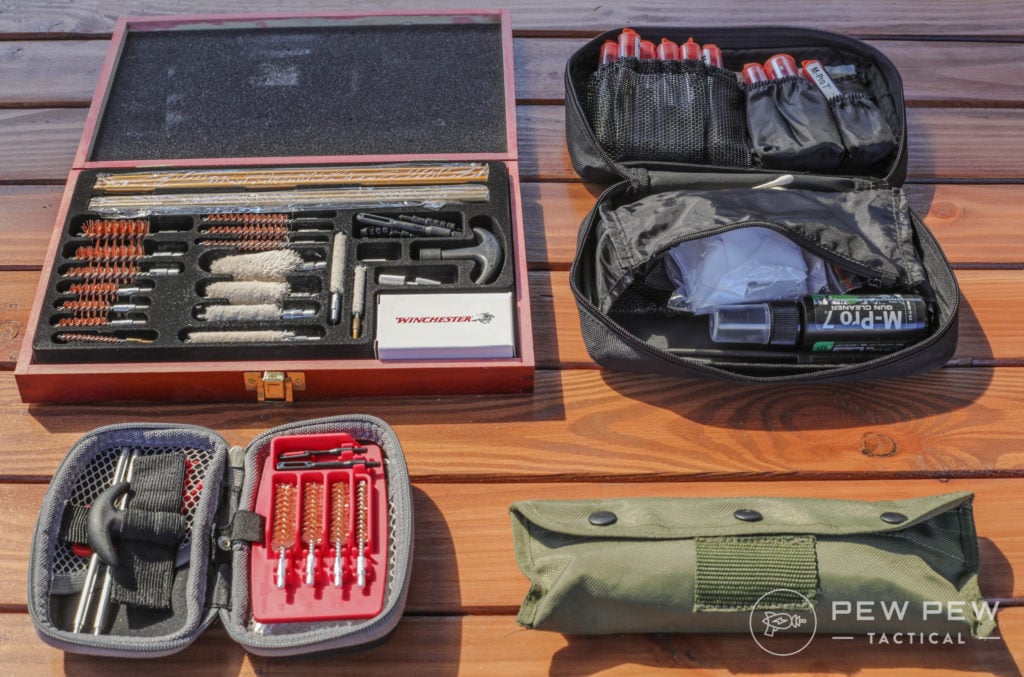
Anyway, as soon as you get home open up that instruction manual that came with your gun. Yes, I'm asking you to read the instructions. This isn't like that desk you bought from Ikea. The manual is important.
Read up on how to operate the gun. Familiarize yourself with the knobs and controls. Find the safety. Find the magazine release. Find the slide release (if there is one).
Now flip to the part in your manual labeled "Cleaning and Disassembly". This will be your gun's first cleaning and you should ALWAYS give it a good cleaning before you ever try shooting it.
In talking with a local gunsmith, about 85% or more of the guns that come into his shop for reliability problems are because the gun is filthy.
Save yourself this embarrassment.
Your manual will have a step-by-step process on how to break the gun down for cleaning. It usually consists of removing the slide, then the spring, then the barrel.
You may notice this funky grease covering your gun. That's an oil that most firearm companies use to protect the gun while it's sitting in a warehouse waiting to be sold. Its purpose is for protection, not functionality.
It has gotta go.
If you want some tips on how to clean your gun after you've got it disassembled, check out my guide on How to Clean & Lube a Gun or search for a YouTube Video specific to your gun.
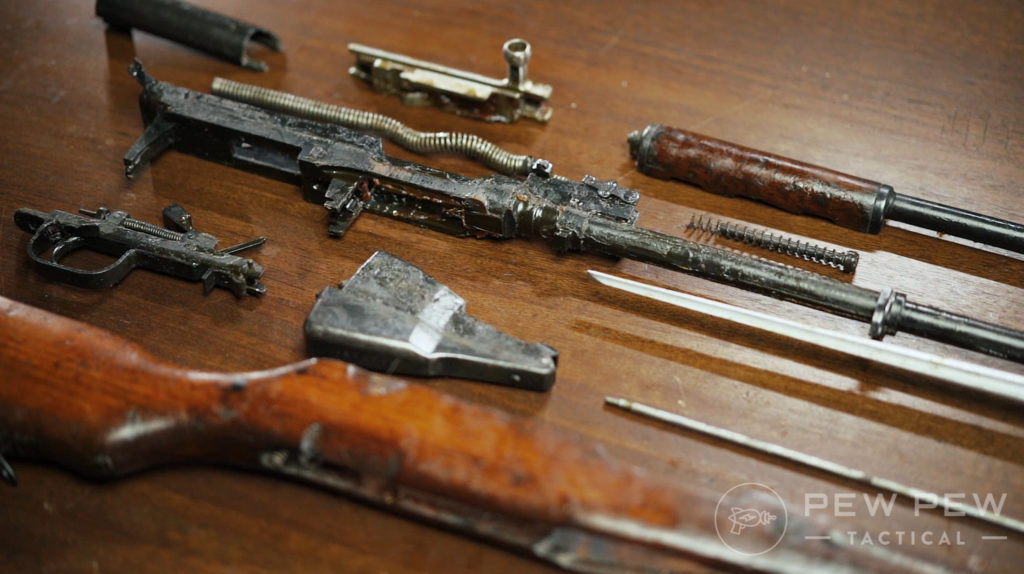
Once you're done cleaning, reassemble the gun and do a quick function check.
Cycle the slide a couple of times. Check that the safety (if there is one) works correctly. What I recommend is take the gun apart and put it back together enough times that you don't have to consult the manual ever again.
There are times, albeit rare, where you might have to strip the gun down at the range to diagnose a problem.
Knowing how to quickly disassemble your gun and reassemble it is just a good idea. Heck, why not make a game out of it and try to learn to break it down as fast as possible.
And if you bought a pistol that you'll be keeping near your bedside, we recommend reading our Best Gun Safe for Quick Access guide.

Dry Fire, Practice, and More
Now that you know how to take your gun apart and clean it, it's time to start familiarizing yourself with the actual use of the gun.
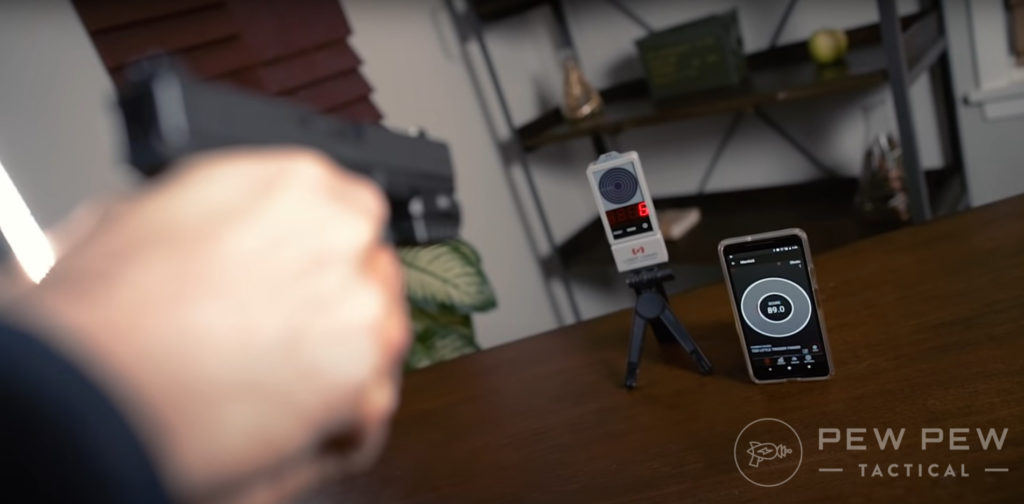
One of my favorite ways to do this is with dry fire practice. What that means is you're essentially "pretending" to shoot the gun.
Notice I said "pretending". While dry fire practice is beneficial, it's no substitute for actually going to the range because it doesn't really teach you is how to deal with recoil and follow-up shots.
Follow our How to Shoot More Accurately for dry-firing tips.
You want to make sure that the gun is empty and safe (remember the 4 Rules of Firearm Safety) before you start.
Pay close attention to your stance, grip, trigger control and sight picture. Keep your shots slow and really focus on a nice consistent pull and keeping the sights perfectly still and on target while you're pulling the trigger.
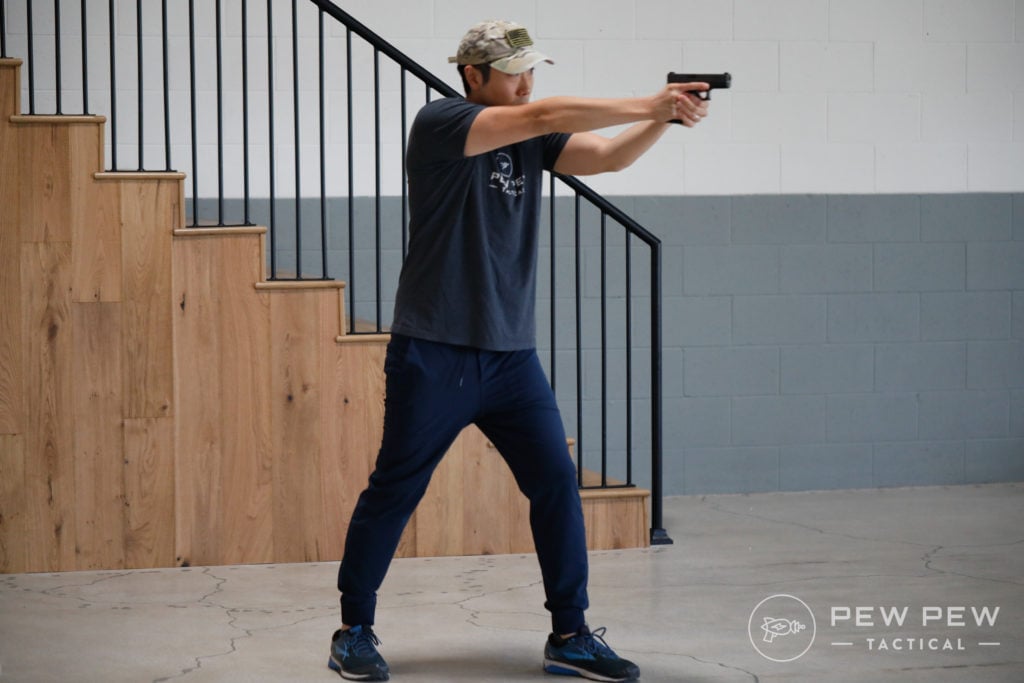
Check out the first lessons of our Beginner's Guides for how to shoot pistols/rifles/shotguns.
Also, just because the gun is empty doesn't mean you can be lax on your safety. Keep the barrel pointed in a safe direction at all times.
Lastly, we recommend reading up on the self-defense laws for your individual state/county/city so you don't end up the one behind bars in the unlucky situation that you do have to use your firearm for self-defense.
First Time Shooting
Now the fun part. Time to go to the range.
We wrote up a great guide on your first range trip and I suggest reading through it. Ultimately, though, this is where the rubber meets the road.
Going to the range is an important step in owning a gun. As I said in the opening if you never plan on going to a range with your gun you probably shouldn't have bought one. I know that may seem a bit blunt but that's the truth.
Much like how socializing a dog is important to keep it from being aggressive towards other dogs and people, shooting your gun is important to be able to safely use it.
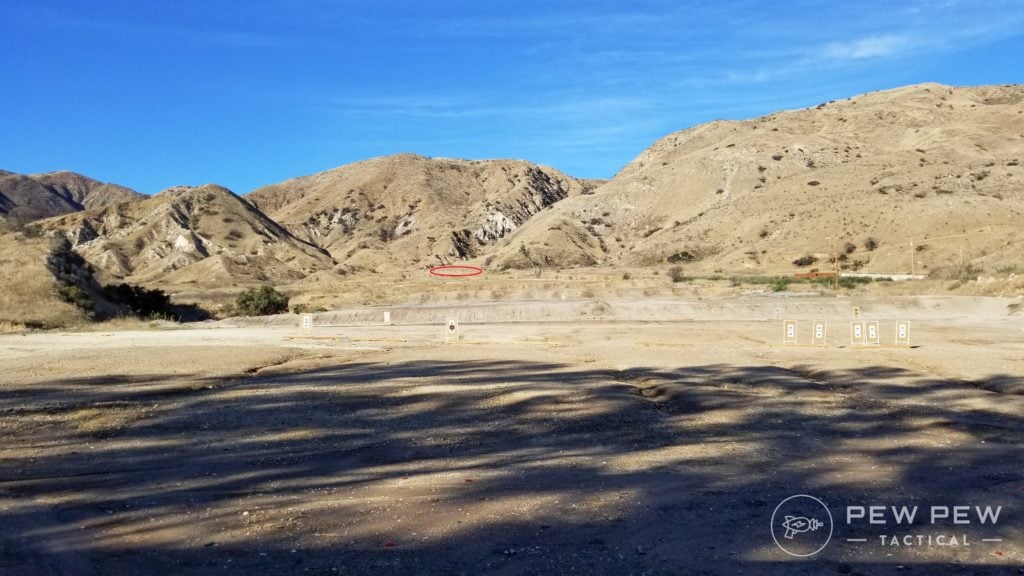
Since this gun is brand spanking new, there are a couple of things to keep in mind when you take it to its first range outing. First and foremost, guns might have a break-in period.
Manufacturing quality and design differs, but most mass production guns might need to be worked in a bit. This really shouldn't last more than 100 rounds or so. If you're well past that and still having issues, you might have a real problem.
Another thing to keep in mind is don't mistake poor technique for gun flaws. You'd be surprised at the number of issues something as simple as not holding the gun correctly can cause.
If you do have doubts, ask an employee to try it out. If it works just fine for them, double check your grip.
Some guns are more forgiving than others. An XDm? Good luck getting it to malfunction from limp wristing. An HK45? Good luck shooting it with anything less than a perfect grip.
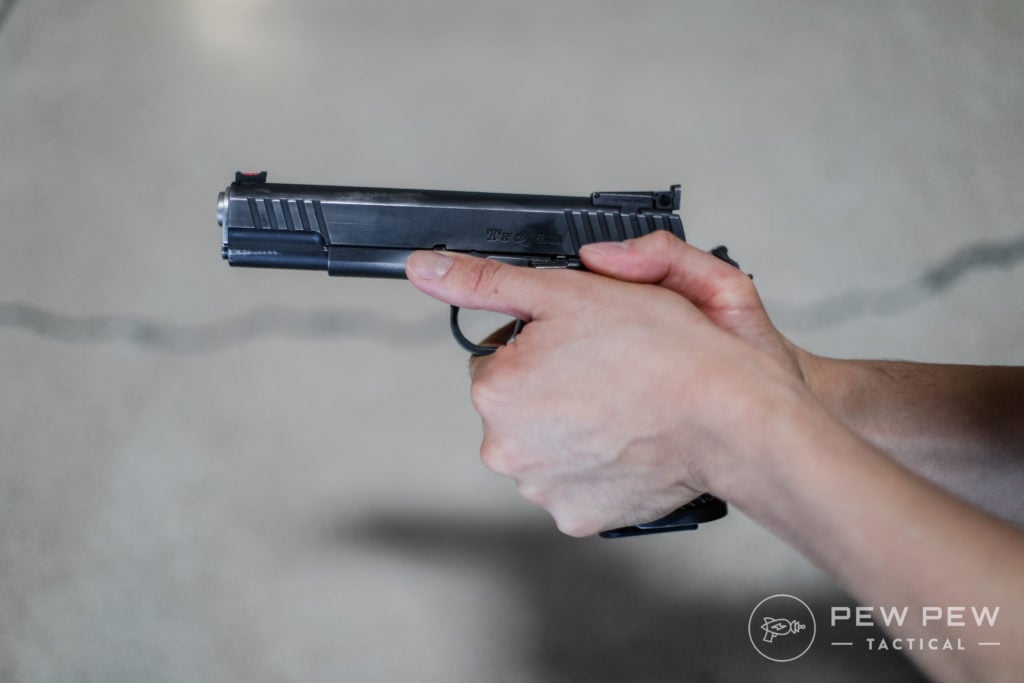
Realize one thing: few people are "naturals". Julie Golob, Rob Leatham and Jerry Miculek didn't just pick up a gun one day and instantly became the shooting powerhouses that they are. It took practice and lots of it. Our How to Shoot Accurately article can help!
For your first few times at the range, your goal should be to be able to shoot consistently in a 6-8 inch group at 7 yards.
Think: all shots hitting inside the area of your average dinner plate (in fact, paper plates make for great targets). In self defense terms, that's a center mass shot in close quarters.
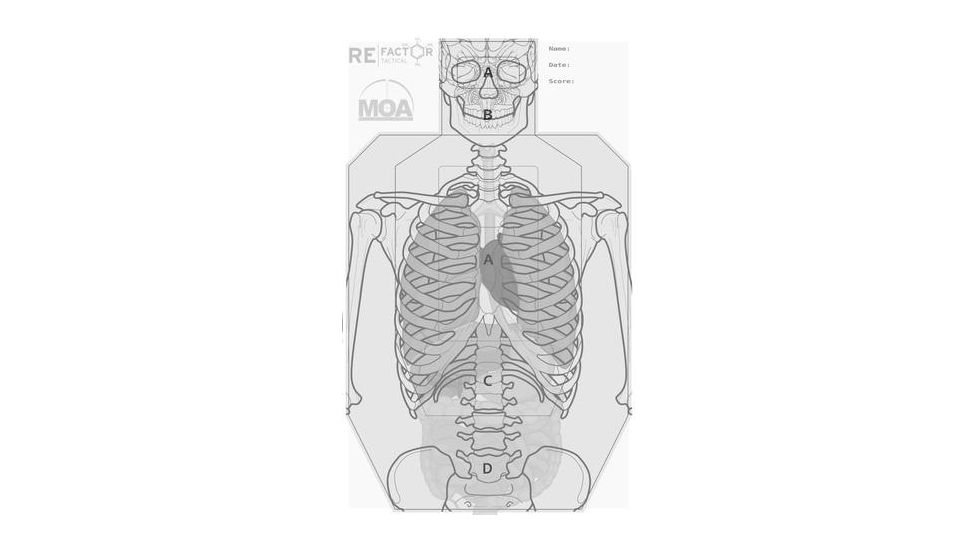
Statistically speaking, that's what the majority of your defensive gun use is going to be. It's not like Hollywood with spectacularly choreographed scenes and diving for cover and such.
It's close, it's fast and it's violent. If you can shoot that grouping at that distance, you're in good enough shape for now.
Check out our favorite targets and other essential gear to bring to the range.
Another thing to consider is some formal training. There are NRA instructors in just about every city in the country and most ranges have the contact information of some that frequent the facility.
While I appreciate you spending time on this site, there's no substitute for person-to-person instruction from a trained instructor.
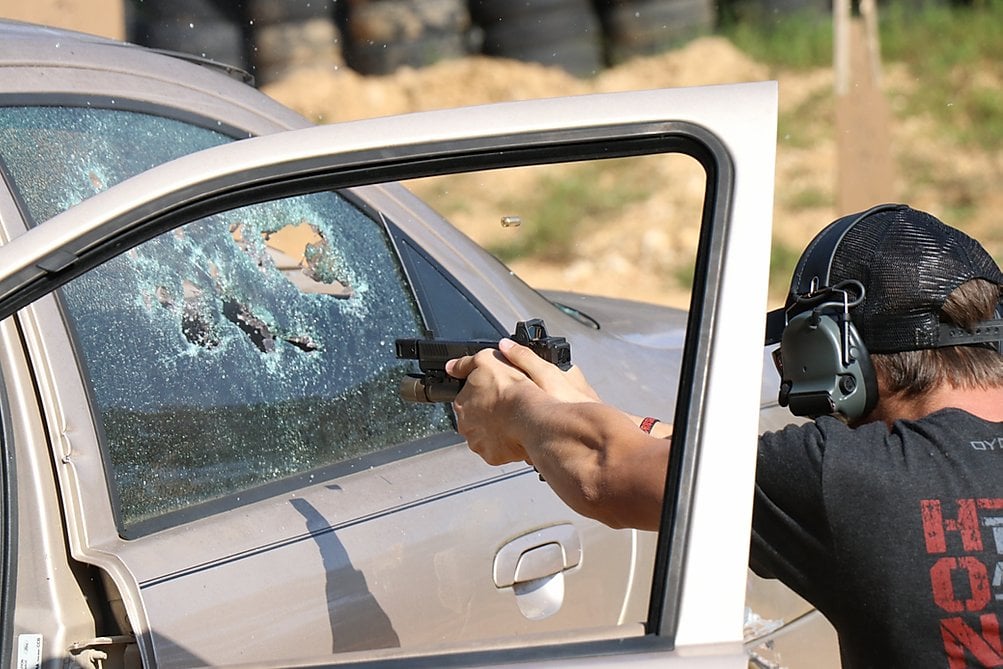
A Companion For Life
Properly cared for, your gun will outlast you and can be handed down from generation to generation. It's a big responsibility you've taken on and I hope you take it seriously.
Now get out there and practice!
Next Steps? While in-person training is AMAZING, another great place to start is the Pew Pew Tactical Gun Noob course!
how to clean a pistol after shooting
Source: https://www.pewpewtactical.com/bought-gun-now-what/
Posted by: mcginnismanday.blogspot.com

0 Response to "how to clean a pistol after shooting"
Post a Comment